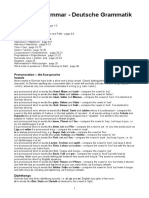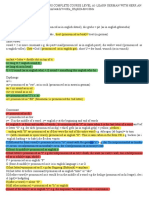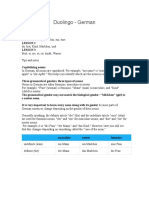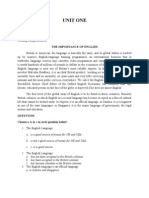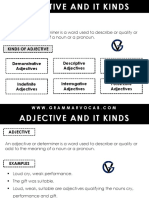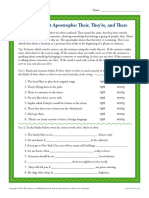0% found this document useful (0 votes)
120 views6 pagesGerman-Basic-Course 3
The document provides vocabulary and phrases for basic greetings, numbers, and question words in German. It also covers pronunciation of vowels, consonants, and diphthongs, and discusses distinguishing long and short vowels. Grammar notes cover gender of nouns and articles in German.
Uploaded by
Zam PaCopyright
© © All Rights Reserved
We take content rights seriously. If you suspect this is your content, claim it here.
Available Formats
Download as PDF, TXT or read online on Scribd
0% found this document useful (0 votes)
120 views6 pagesGerman-Basic-Course 3
The document provides vocabulary and phrases for basic greetings, numbers, and question words in German. It also covers pronunciation of vowels, consonants, and diphthongs, and discusses distinguishing long and short vowels. Grammar notes cover gender of nouns and articles in German.
Uploaded by
Zam PaCopyright
© © All Rights Reserved
We take content rights seriously. If you suspect this is your content, claim it here.
Available Formats
Download as PDF, TXT or read online on Scribd
/ 6







